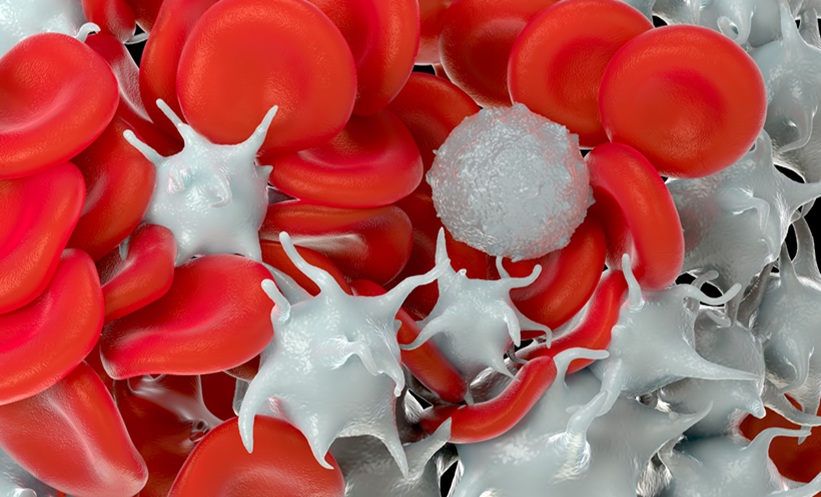Abstract
Adrenal dysfunction or insufficiency (AI) in cirrhosis, also described as hepato-adrenal syndrome, is an only recently recognised entity. It is estimated that at least 10% of patients with compensated cirrhosis and over 30% with decompensated cirrhosis have adrenal insufficiency, defined by an abnormal result in the adrenocorticotropic hormone (ACTH) stimulation test. This could increase the risk of cardiocirculatory compromise, infections, and decompensation in these patients but as yet has to be confirmed. An important problem is that diagnosis of adrenal insufficiency in liver disease is difficult, as symptoms can be subtle and overlap with those due to cirrhosis. Furthermore, laboratory testing and reference standards have not been clearly defined. There is evidence that critically ill patients with cirrhosis and AI have a worsened outcome compared with similar patients that do not have AI. However, there is no clear consensus about diagnosis or treatment, in particular regarding steroid replacement therapy, for AI in patients with cirrhosis. This review will give a brief overview of AI in patients with liver disease, first describing diagnostic tests for AI without liver disease and subsequently the available tests and their pitfalls in the setting of liver disease. As this clinical entity is increasingly recognised, the focus of research will likely change from prevalence and diagnostic studies to mechanisms and therapy, both of which are not defined at present.
Please view the full content in the pdf above.







